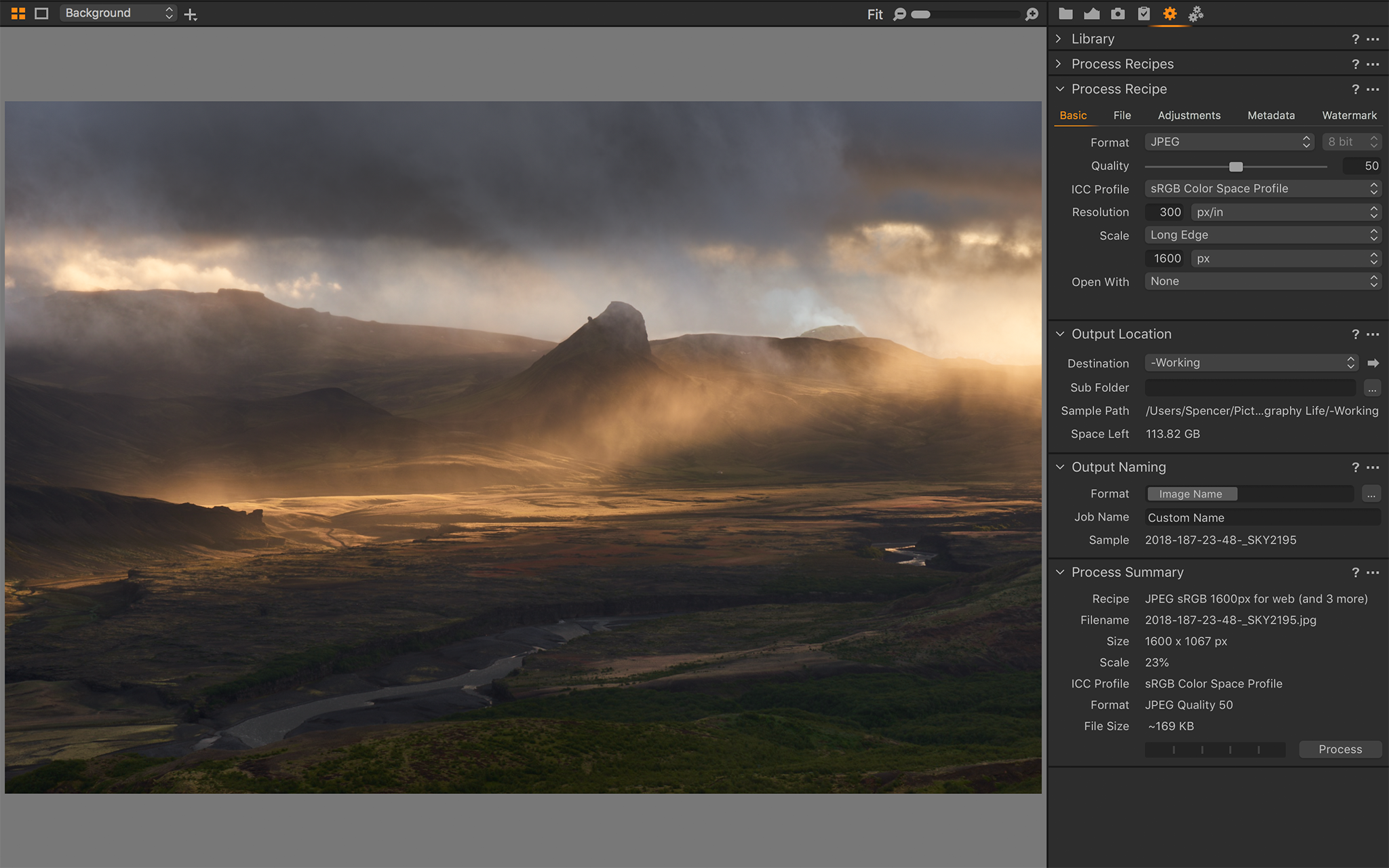

The picture below shows the same image shot with 5200K and 0 tilt as it appears in Capture One and Lightroom upon import. Both, Capture One and Photoshop Lightroom always set own white balance values upon import of an image and ignore the camera white balance. The difference in white balance treatment in both programmes is even more evident when an image has just been converted from a raw file and no adjustments were made. To me the image in Capture One looks not only more natural but also close to what I was photographing: The shield on it was hanging in bushes - not in the sun therefore the light was for sure not as warm as in the image rendered by Lightroom. Since the experiment with the daylight setting that I described above has proved the correctness of Kelvin scale in both programmes, I assume that here again it is the tilt setting that causes the problem: Either in Lightroom or in Capture One, or in both, zero tilt in fact isn’t zero. As you see in the above example, it isn’t the case: The image in Lightroom has a stronger presence of magenta while the one in Capture One looks a little greenish. no bias towards either should be noticeable.

Therefore, if tint was set to “0”, it should result in a balance between magenta and green, i.e. Obviously, zero is zero - in other words, zero is nothing. The colour temperature scale is universal and absolute, hence the same colour temperature always has the same Kelvin value.
Capture one vs lightroom pro#
Compare the image in Capture One Pro 7 and Adobe Photoshop Lightroom 4 after the colour temperature was set to the same value of 5200K as in daylight WB preset of a Canon camera (Click on pictures to enlarge):
Capture one vs lightroom software#
However, it is absent in cameras though available in raw converters and image editing software where it allows fine tuning of white balance through adjustment of the tones in a range between green and magenta. Tint is another adjustable parameter that influences the look of an image. Having the colour temperature of 5200K the images that a Canon camera creates should have a bit colder colour than the standard daylight and even than the daylight preset in Capture One.


Therefore +3.3 in Capture One is close to +10 in Lightroom. In Lightroom the tilt slider goes to 150 in both directions while in Capture One it is limited to -/+ 50 but allows decimal values. Hence, “daylight” has the same meaning in both programmes but the tilt slider has a different scale: For roughly the same colour appearance, the tilt value in Lightroom has to be triple as high as in Capture One. reduced magenta by 7 stops, the colour cast disappeared, and both images were looking similar. After I pushed the tilt slider to around +3, i.e. One could think now that the white balance adjustment in Capture One is faulty, but this issue is not that simple. Compare the same image when the colour temperature and tint in Capture One Pro 7 are set to the same value as in “Daylight” preset of Adobe Photoshop Lightroom 4 (Click on pictures to enlarge): If you look at comparison below, you would notice that the left image - the one that was produced in Capture One Pro 7 - has pretty strong magenta colour cast. Of course, the same colour temperature values should result in the same white balance, but in Capture One Pro and Lightroom they don’t. It becomes strange when the Kelvin and tint values in Capture One were set to the same as in Lightroom. This is what actually has to be expected. In the same image, the colour in Lightroom looks warmer than in Capture One. Compare the image in Capture One Pro 7 and Adobe Photoshop Lightroom 4 after the white balance was set to “Daylight” (Click on pictures to enlarge): Since the temperature value in Capture One is lower, the image tones should be colder than in Lightroom, and they are indeed - as the images shown below demonstrate. Lower values result in dominance of “colder” tones - blue, green, or cyan. the greater is the shift of it towards red, yellow, or magenta. The higher the Kelvin value, the “warmer” is the colour, i.e. that of normal daylight, and tint set to +10, in Capture One, these are 5305K and +2.6. This happens indeed: While the “Daylight” preset in Lightroom has the colour temperature of 5500K, i.e. Since the colour temperature of daylight varies very much, it seems logical that Adobe Photoshop Lightroom (or more precisely Adobe Camera Raw that underlies it) and Capture One may have different default Kelvin settings in daylight mode than Canon. The complete text is available here: White Balance Set To Daylight


 0 kommentar(er)
0 kommentar(er)
